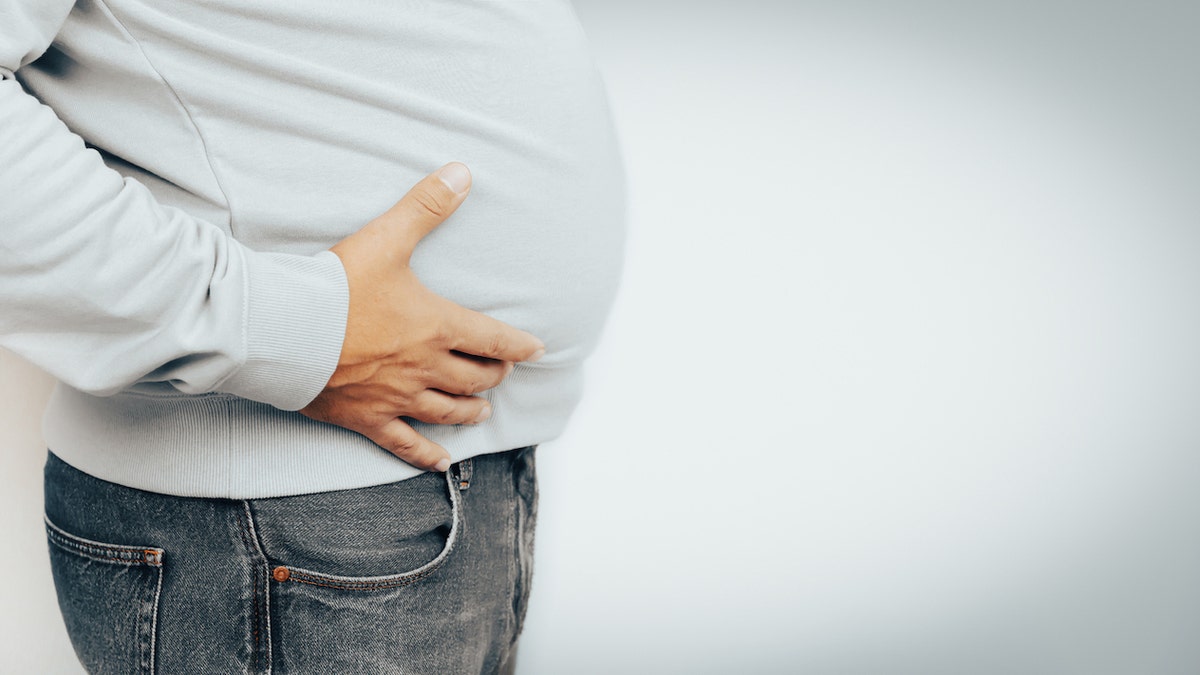

Men can get away with being fat. The beer belly is often joked about as a relatable feature of the typical male body. The reality is it is killing them.
Studies have shown that men are less likely than women to see themselves as fat or overweight. They rationalize excess weight by prioritizing functionality and success. The acceptance of the "dad bod" reinforces this; it is seen as the hallmark of the "everyman" who relates to common struggles. In reality, many men don’t feel good about carrying excess weight. Joking about one’s "dad bod" is less an embracing and more of an embarrassed resignation.
The passive acceptance of increased body fat — particularly belly fat — is proving deadly. Toxic visceral fat that accumulates in the abdomen gets into the liver, pancreas and heart. In contrast to the fat that sits just under our skin, deeper visceral fat is less able to hold on to fat molecules and is metabolically active, leaking free fatty acids and other molecules that cause inflammation. It also creates metabolic chaos, elevating insulin levels and laying the groundwork for insulin resistance.
SCIENTISTS MAY HAVE DISCOVERED WHY THE POUNDS COME BACK AFTER LOSING WEIGHT
Men, especially as they get older, have more of this fat than women, especially compared to women before menopause. About two out of every five men, about 40-46%, in the United States meet the classification of obesity. Even men who are not overweight or obese but have increased visceral fat have an increased risk of mortality.

The so-called dad bod is not a healthy one for men. (iStock)
This toxic fat causes cardiovascular and kidney disease, diabetes, certain cancers and likely contributes to neurodegenerative disease. Greater visceral fat is associated with increased mortality from all causes. Even if it does not result in an earlier death, it increases risk of disability from conditions such as diabetes and heart failure. I look around and see too many men suffering from these preventable conditions. And most have no idea how to tackle it.
A waist circumference of more than 40 inches is an indicator that a man has too much visceral fat. While beer guts and dad bods are obvious signs of unhealthy fat accumulation, health-minded men who spend a good deal of time in the gym are not immune from this issue.
HERE'S WHY BELLY FAT IS MORE COMMON AS WE AGE, AND 3 WAYS TO PREVENT IT
In the course of researching my book, I attended a seminar on strength training in Los Angeles, where most men in the crowd could deadlift far more than I could. I asked an instructor about the composition of these barrel-shaped guys. "Many of them are strong, but they still carry too much body fat," he confessed.
Even for this group, there is a lot of fat accompanying their large muscles. The key, then, is reducing the excess fat around the waist while maintaining as much muscle as possible.
Men die at a younger age than women, on average five years sooner, in part because of this increased visceral fat. It’s important to address the cultural standards reinforcing unhealthy body weight in men. And, while it would also be ideal to change the current food environment, that is unlikely to happen completely or anytime soon. The new anti-obesity medications provide an important tool for men to reclaim their health, but they are not a cure-all.
They cause us to eat less, sometimes much less, which can be risky. These drugs work by their gastrointestinal effects, keeping food in the stomach longer, generating feelings that border on nausea, and sometimes outright distress, which induce feelings of fullness and satiation.
OBESITY WILL AFFECT OVER HALF OF ADULTS IN 25 YEARS, STUDY PREDICTS
Those feelings are able to counter the rewarding and addictive properties of food, reducing the "food noise" that reverberates in heads of people who have a hard time controlling their appetite. One of the gifts of these medications is that people condition themselves to eat less to avoid experiencing the ill effects of food staying in the stomach longer.
A waist circumference of more than 40 inches is an indicator that a man has too much visceral fat.
There are a lot of questions concerning these drugs that still need to be answered, especially around how they should be used in the real world. They are not for everybody, have a real risk of adverse events, and require good medical and dietary care. But they can help people control their appetite and learn to eat in a more healthful way.
The American male body is in trouble, and the way to make it healthy again isn’t simple, but it can be done with education and commitment. And it begins with making space for men to discuss their health vulnerabilities without stigma or shame. It is a matter of life and death.
